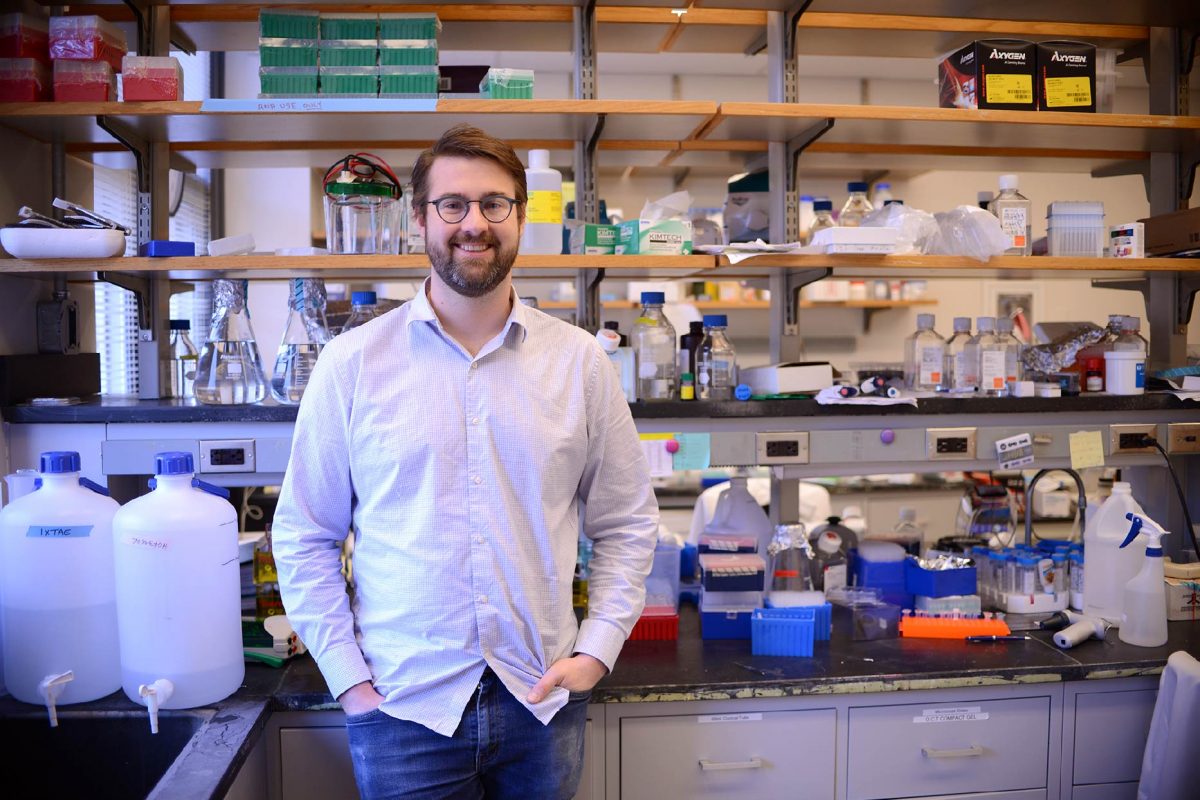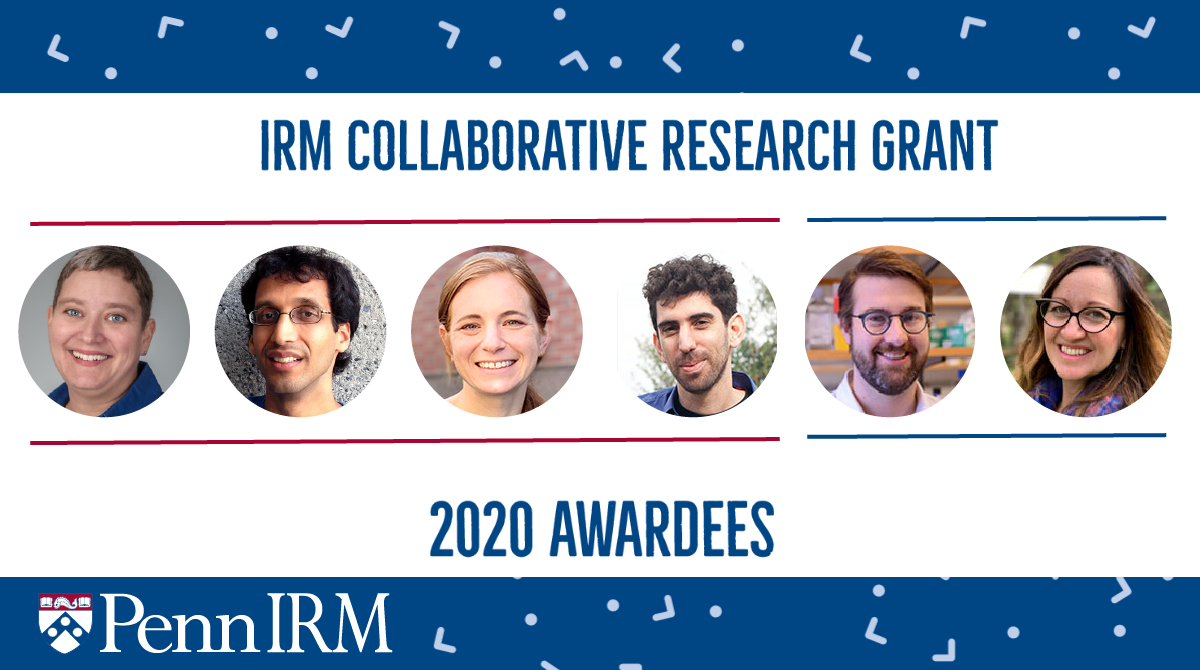The spread of COVID-19 has caused dramatic changes in a very short time. Days ago, we were going about our business while things unfolded elsewhere. Now, the pandemic has come to Philadelphia and “social distancing”—remaining out of congregate settings, avoiding mass gatherings, and maintaining distance from others—is shaping our near future.
It’s stressful!
On top of concerns about loved ones and everyday life, scientists are worried about how these changes will impact everything from ongoing experiments to professional milestones. How can I lab from home!?
There will of course be lots to do in the coming weeks, but let me make a suggestion. Now is a great time to think about why your work matters to others and how to share your story. Social distancing is not a reason to forget why this all of this is important. Quite the opposite!
We are all learning to “flatten the curve” regardless of any background in epidemiology or public health. This is science communication in action!
If you’re an IRM faculty member, postdoc, or student, email me at yaroshc@pennmedicine.upenn.edu. I’d love to chat in the coming weeks by phone or video conference about your research and ways it might appeal to different audiences.
Let’s use social distancing to find new ways to connect.
Chris Yarosh
Associate Director, Communications & Operations
Penn Institute for Regenerative Medicine (IRM)



